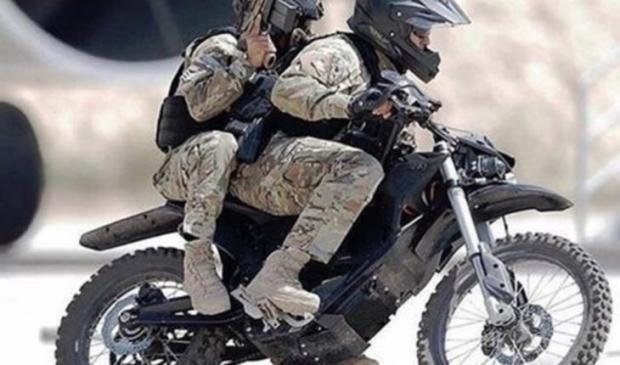
Breaking News
 They've Been Feeding You Poison (And Calling It Food)
They've Been Feeding You Poison (And Calling It Food)
 Tattoo ink may cause prolonged changes to the immune system
Tattoo ink may cause prolonged changes to the immune system
 Travel gadget promises to dry and iron your clothes – totally hands-free
Travel gadget promises to dry and iron your clothes – totally hands-free
 Duckweed: A sustainable, protein-packed food source smeared by Big Ag
Duckweed: A sustainable, protein-packed food source smeared by Big Ag
Top Tech News
 Perfect Aircrete, Kitchen Ingredients.
Perfect Aircrete, Kitchen Ingredients.
 Futuristic pixel-raising display lets you feel what's onscreen
Futuristic pixel-raising display lets you feel what's onscreen
 Cutting-Edge Facility Generates Pure Water and Hydrogen Fuel from Seawater for Mere Pennies
Cutting-Edge Facility Generates Pure Water and Hydrogen Fuel from Seawater for Mere Pennies
 This tiny dev board is packed with features for ambitious makers
This tiny dev board is packed with features for ambitious makers
 Scientists Discover Gel to Regrow Tooth Enamel
Scientists Discover Gel to Regrow Tooth Enamel
 Vitamin C and Dandelion Root Killing Cancer Cells -- as Former CDC Director Calls for COVID-19...
Vitamin C and Dandelion Root Killing Cancer Cells -- as Former CDC Director Calls for COVID-19...
 Galactic Brain: US firm plans space-based data centers, power grid to challenge China
Galactic Brain: US firm plans space-based data centers, power grid to challenge China
 A microbial cleanup for glyphosate just earned a patent. Here's why that matters
A microbial cleanup for glyphosate just earned a patent. Here's why that matters
 Japan Breaks Internet Speed Record with 5 Million Times Faster Data Transfer
Japan Breaks Internet Speed Record with 5 Million Times Faster Data Transfer
TALOS Exoskeleton Program Fails But Silent Electric Dirt Bikes Could Work Out

There have been improvements in lightweight body armor and improved helmet displays.
There are tests of partial suits to help support walking and running with heavy loads.
In 2018, the Army began evaluating Lockheed Martin's ONYX exoskeleton. The ONYX supports the knee joints when carrying heavy loads over uneven terrain. ONYX uses less power than a full-body exoskeleton. The current design is able to achieve 8 to 16 hours of operation over realistic terrain. If the tests are successful the suits could be used in the field as early as 2021. It is likely that the partial suits will be used in warehouse and supply chain situations for support personnel. It will take years before they are ready for combat situations.
The soft exosuits are also not ready and are struggling to provide a 20% boost in the efficiency of movement.

 Advanced Propulsion Resources Part 1 of 2
Advanced Propulsion Resources Part 1 of 2

